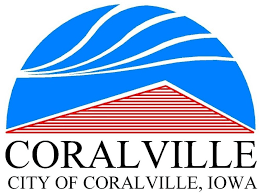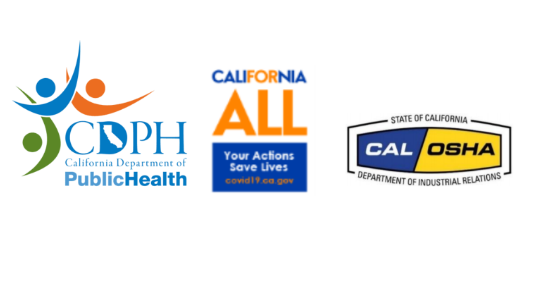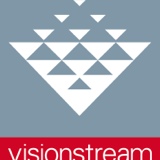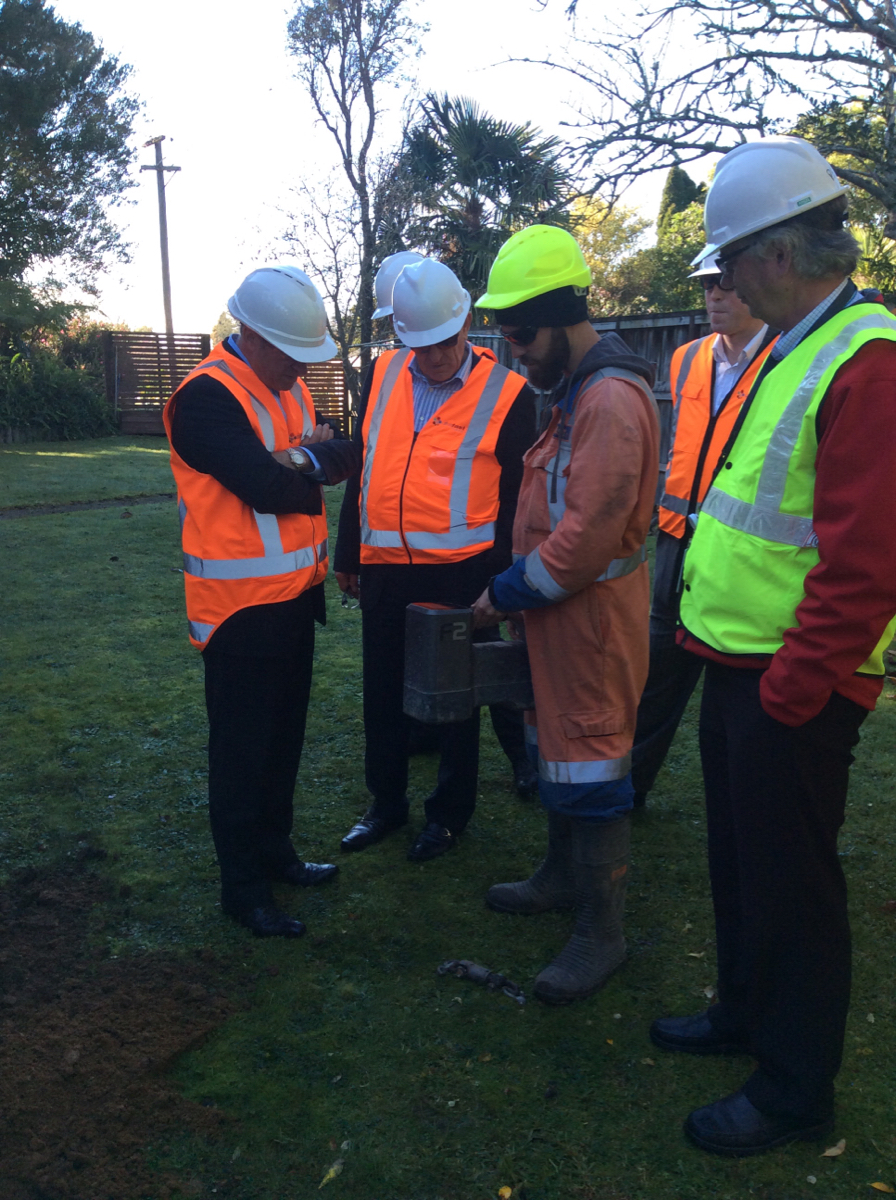Title Page
-
Facility
-
Date Conducted On
-
Inspection Team Member(s)
-
Inspection Site Map
Facility Monthly Inspection
A. Building and Grounds (Storm Drains)
-
Are storm drains, inlets, catch basins, or drainage ditches cleaned and in good condition? (No repairs needed)
-
Are outfall structures or adjacent waterways showing signs of pollutant migration?
Building and Grounds (Indoor Collection System)
-
Are all floor drains, trench drains, or oil/water separators clean and in good condition? (No repairs needed)
Building and Grounds (Exposed Soil and Gravel)
-
Is there any sign of erosion where there is exposed soil or gravel?
Building and Grounds (Paved Surfaces)
-
Have paved surfaces been swept to prevent stormwater from carrying loose debris or materials to storm drains systems?
B. Vehicles and Equipment (Outdoor Storage)
-
Are any leaks, spills, or fluid residues present from parked vehicles or equipment?
-
Are leaking vehicles parked away from storm drains, inlets, catch basins, known ponding areas, or drainage ditches?
-
Are there any damages or leaks to equipment lines or connectors?
Vehicles and Equipment (Washing)
-
Has the wash area been swept up and has accumulated gravel, salt, grass clippings or other materials been disposed of?
Vehicles and Equipment (Maintenance and Repair Bays)
-
Have loose materials or leaks on the floor been cleaned so they are not tracked outdoors?
Vehicles and Equipment (Fueling)
-
Does the area where fueling occurs show evidence of staining from fuel or vehicle fluids?
-
Are hoses and nozzles showing signs of wear, cracks, or damage?
C. Product Materials (Stockpiles)
-
Are material storage areas being contained and/or protected to prevent erosion?
-
Have we prevented loose material from going outside the designated area?
-
If the material is not actively being used, has the stockpile been covered or reduced in size? (Stockpiles containing chlorides should be covered between April 15th and October 1st)
-
Are containers located outside of traffic areas and away from drains?
-
Have applicable materials been reduced or need to be reduced?
-
Are containers free of leaks, spills, or damage? Are they covered and labeled?
D. Storage Containers (Drums, Totes, Generator, Transformer)
-
Has the accumulation of stored materials/residues in the container areas been prevented?
-
Are containers, pumps, pipes, and valves free of leaks, corrosion, support or foundation failure, or other deterioration?
-
Have containers been protected from traffic by location or barriers?
-
Are the container's exterior free of visible leaks?
-
Is the container liquid gauge legible & in good working condition?
-
Is all monitoring equipment in good working order?
-
Are overfill equipment and secondary containment in good working order?
-
Is spill containment equipment free of visible leaks & in good working order?
-
Are spill cleanup materials sufficiently inventoried and available?
E. Bulk Storage Tanks
-
Has the accumulation of stored materials/residues in the storage tank areas been prevented?
-
Are tanks, pumps, pipes, and valves free of leaks, corrosion, support or foundation failure, or other deterioration?
-
Have storage tanks been protected from traffic by location or barriers?
-
Is the tank exterior free of visible leaks?
-
Is the tank liquid gauge legible & in good working condition?
-
Is all interstitial monitoring equipment in good working order?
-
Is overfill equipment in good working order?
-
Is spill containment equipment free of visible leaks & in good working order?
-
Are spill cleanup materials sufficiently inventoried and available?
-
Accumulation of petroleum and sediment in oil/water separator?
F. Waste Materials
-
Has the accumulation of trash, litter, or debris along the boundary of the facility been prevented?
-
Does the facility have any leaks, spills, damaged, unlabeled, or uncovered waste containers around it?
-
Are waste materials located away from floor or trench drains, outfalls, traffic areas, or areas prone to flooding or ponding?
-
Has the amount of waste materials or recyclables been reduced since last time to minimize exposure?












